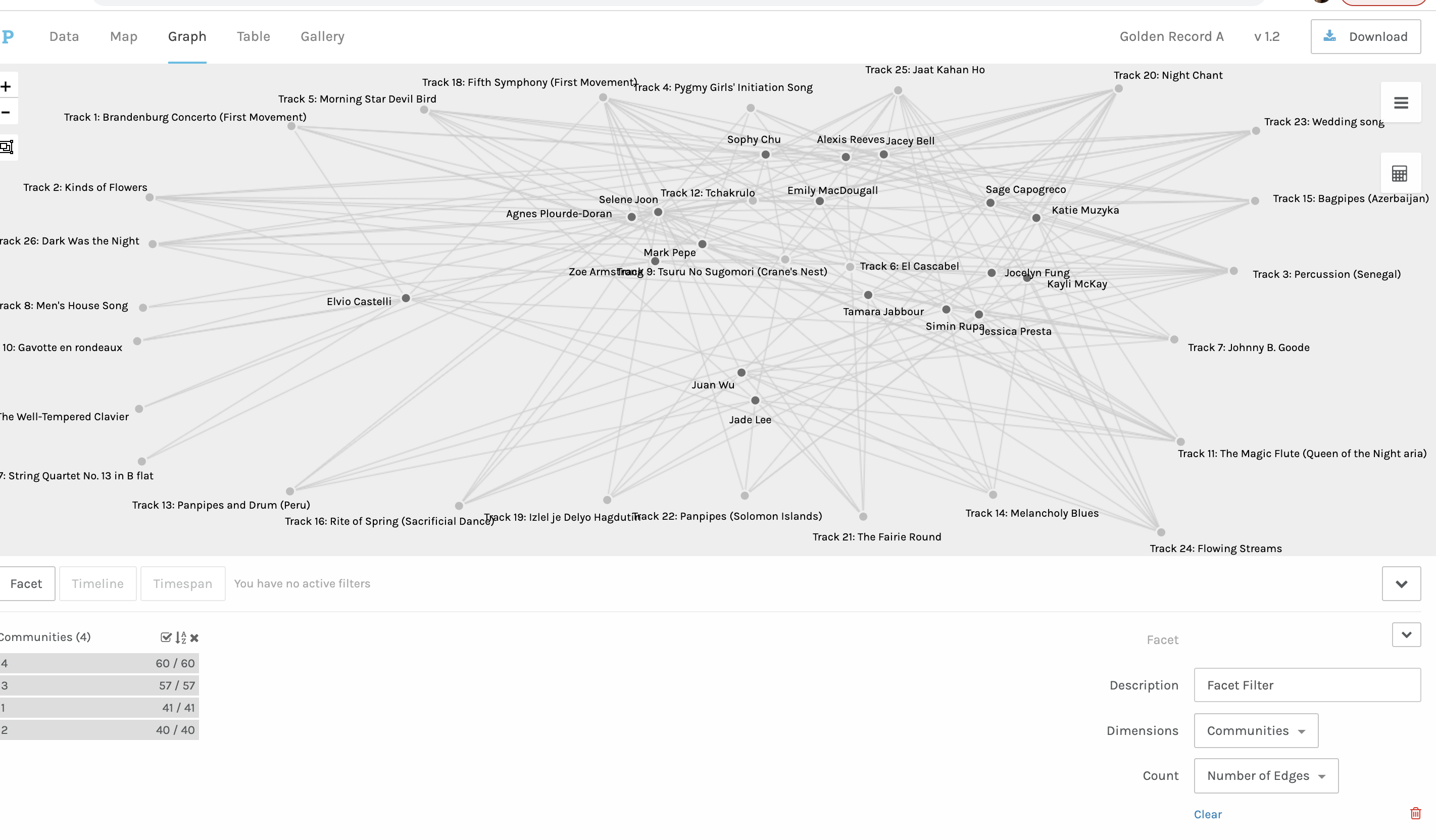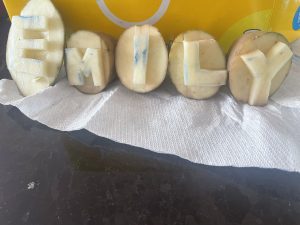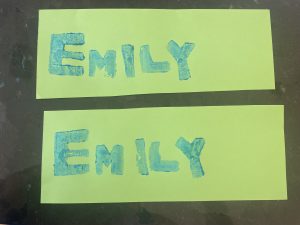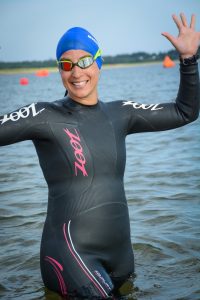In 21st century teaching, multimodality; the ability to represent an idea in various formats is of the utmost importance (Cloonan, 2015). Multimodality supports students in making meaning out of the world around them and provides them various methods to demonstrate their understanding of the material (Cloonan, 2015). Visual elements are no longer an “add-on”, but are essential elements in communication and education (Kress, 2015).
Digital media has changed communication: online images often dominate over the written word and graphics in newspapers and magazines are being used to replace text (Boulter, 2001). Boutler (2001) also indicates that even in communication such as email that has been predominantly text driven is now experiencing a shift to the frequent use of visuals. Although these visuals, now called emojis, have been present in digital media since 1999, social media has increased the use and development of emojis (Pardes, 2018). As with all technological changes; this has been embraced by some users and condemned by others.
According to the World Economic Forum there are 3,353 emojis used worldwide and 74% of people in the US regularly use stickers, or emojis in their online communication (Buchholz, 2020). Emojis are used in digital communication to convey tone, emotions and facial expressions (Pardes, 2018). Visuals or emojis are also used to put verbal text into a specific context (Boulter, 2001). A major advantage of emojis is that they have a global reach; thus someone from a different culture, geographical location or first language could understand the meaning of emojis (Atanasova, 2016).
In this task, I have attempted to summarize the most recent book that I have read using only emojis (See picture below).

I began this task by attempting to write the title word for word using emojis. Due to the plethora of emojis, one would assume that this would be a simple task. It was not. One of the words did not exist in the form of an emoji, so I opted to represent the word with two emojis hoping that the reader would know to combine the words.
I continued this task by summarizing the book using emojis to represent the idea and emotions present in the story. The result was confusing and hard to follow. I believe that unless you had read this book, you would have a difficult time understanding my summary. Click here to read my emoji story decoded.
My concluding thoughts on this task is that multimodality is important. Multimodality needs to be the interconnectedness of different modes of representation (Korhonen, 2010). Emojis are limited in their ability to tell a story and need to be supported by other means of representation. This lesson can be applied to classroom teaching as well; providing students with multiple representation: auditory, visual, text, etc will provide a greater understanding of the task at hand.
References:
Atanasova, A. (2016). Emojis: Why we love them so much and what they mean. Social Media Today. https://www.socialmediatoday.com/social-networks/emojis-why-we-love-them-so-much-and-what-they-mean-0
Bolter, J. D. (2001). Writing space: Computers, hypertext, and the remediation of print (2nd ed.). Mahwah, N.J: Lawrence Erlbaum Associates. doi:10.4324/9781410600110
Buchholz, K. (2020, September 30). The history of the 5 billion emojis used every single day. World Economic Forum. https://www.weforum.org/agenda/2020/09/emoji-numbers-facts-social-media-how-many-twitter-facebook-instaltural ligram
Cloonan, A. (2015). Integrating by Design: Multimodality, 21st Century Skills and Subject Area Knowledge. In: Cope, B., Kalantzis, M. (eds) A Pedagogy of Multiliteracies. Palgrave Macmillan, London. https://doi.org/10.1057/9781137539724_5
Korhonen, V. (2010). Dialogic literacy: A sociocultural literacy approach. In: Practicing Information Literacy. https://www.sciencedirect.com/topics/computer-science/multimodality#:~:text=Multimodality%20refers%20to%20the%20interplay,%26%20Van%20Leeuwen%202001%2C%20p.
Kress, G. (2005). Gains and losses: New forms of texts, knowledge, and learning.Computers and Composition, 22, 5-22.
Pardes, A. (2018, February 1). The wired guide to emoji. Wired Online. https://www.wired.com/story/guide-emoji/






 .
. 



